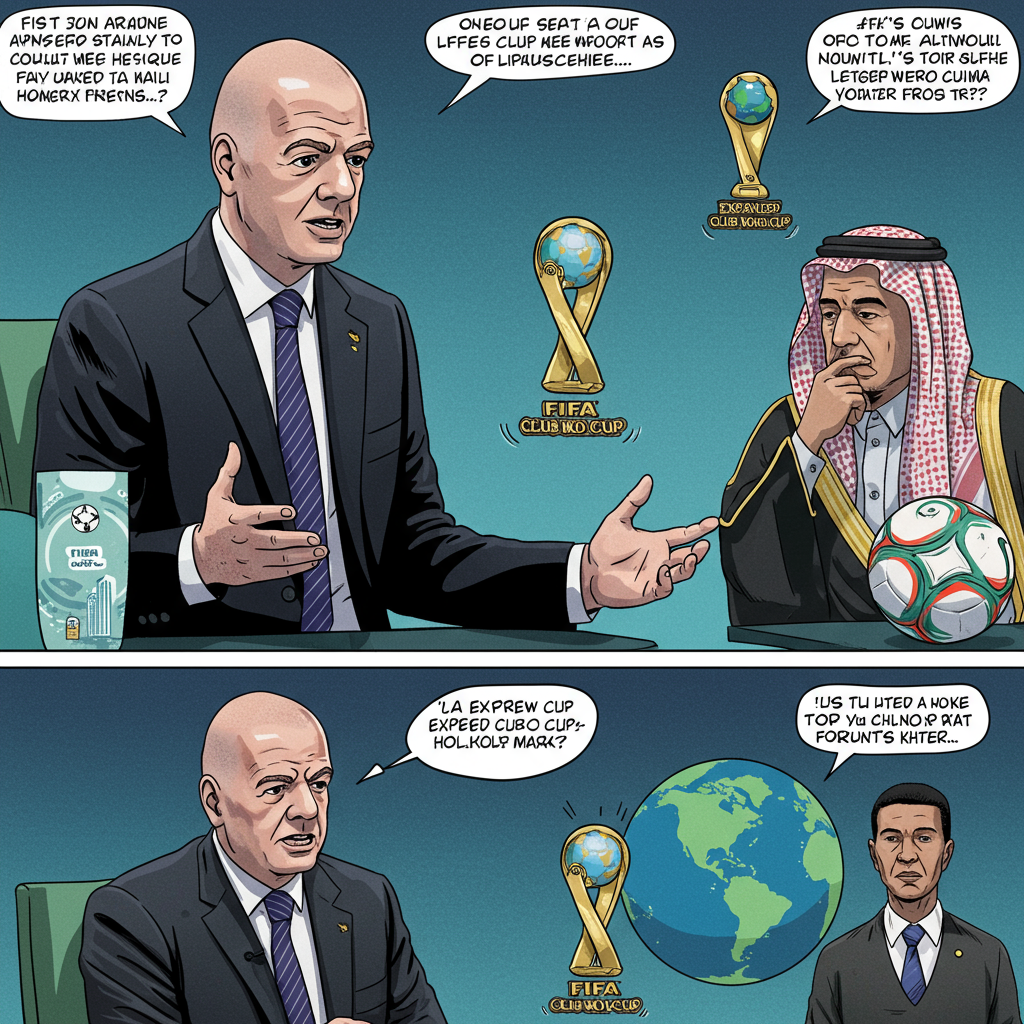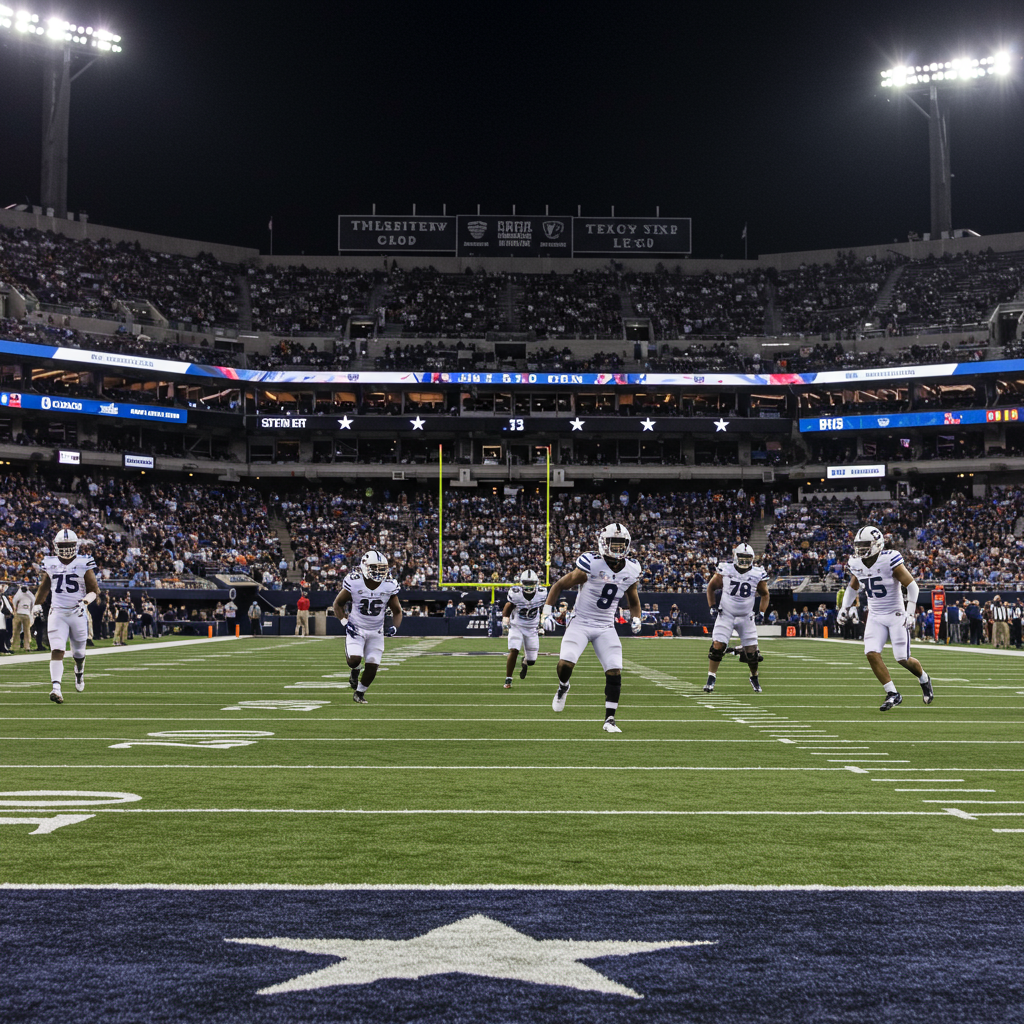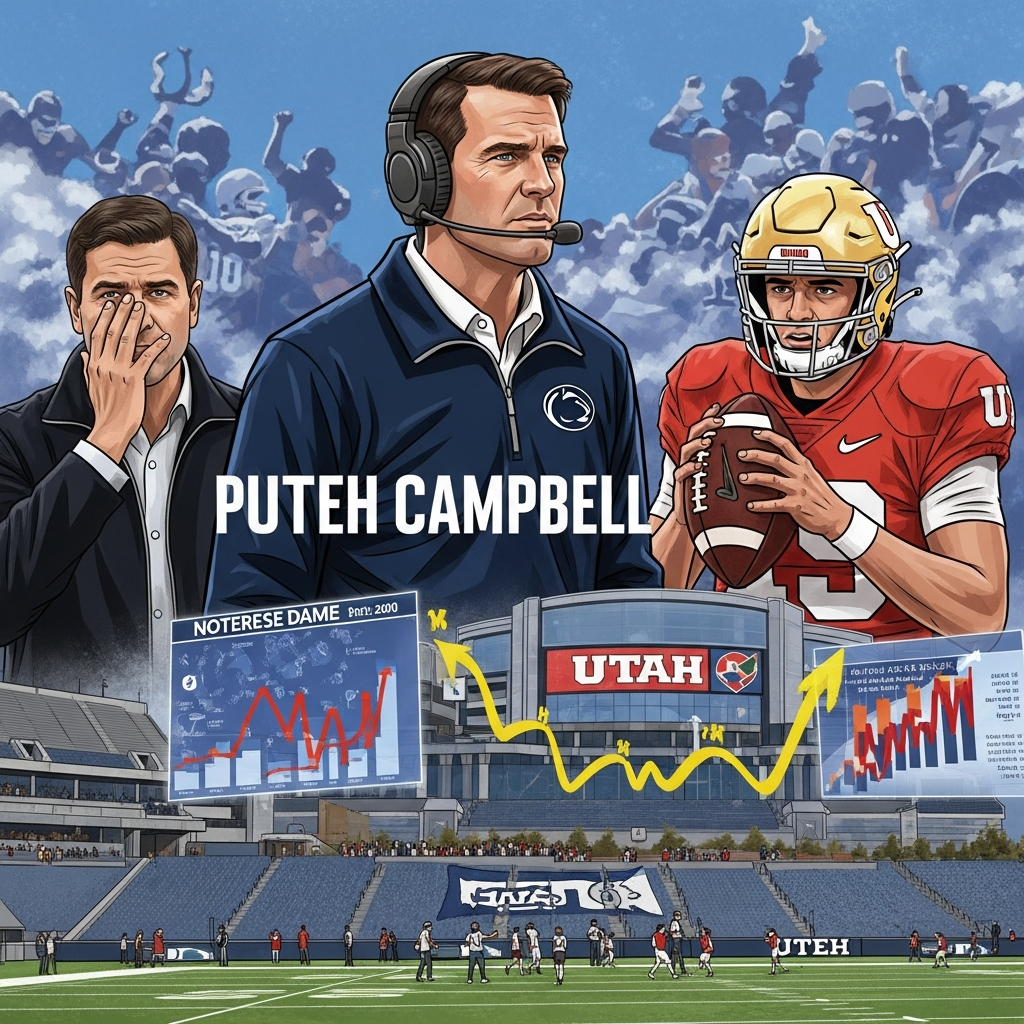The football world is currently witnessing a significant transformation, and much of it appears underpinned by the formidable financial power of Saudi Arabia. The revamped FIFA Club World Cup, expanded to 32 teams and hosted in the US, is a prime example. While FIFA President Gianni Infantino hails it as a step towards making football “truly global,” its execution and financing draw heavily on Saudi investment, sparking both intrigue and controversy.
Without the substantial financial backing of entities linked to Saudi Arabia’s Public Investment Fund (PIF), this summer’s tournament would likely look very different. The kingdom’s involvement extends beyond just having its PIF-owned club, Al-Hilal, participate. It’s deeply woven into the tournament’s commercial fabric.
The $1 Billion Broadcast Deal and Saudi Ties
A striking demonstration of this influence came in December when sports streaming platform DAZN secured the global broadcast rights for the Club World Cup from FIFA for a reported $1 billion. Surprisingly, DAZN committed to making the live action available for free – a move that puzzled many given FIFA’s historical struggles to find broadcast partners and DAZN’s recent financial losses running into the billions.
Just weeks later, the connection became clearer. A subsidiary of Saudi Arabia’s PIF announced it had acquired a minority stake in DAZN, also valued at $1 billion. While DAZN insists the PIF investment was a general one aimed at building a partnership for the MENA region and that it remains an independent company, many observers see a direct linkage. Some experts suggest this deal paves the way for a Saudi-based sports broadcaster to compete with regional rivals.
Further cementing the relationship, PIF became an official partner of the tournament itself, stating it was “at the forefront of growing football” and noting the sport’s crucial role in the country’s “ongoing transformation.”
Motivations: Growth, Influence, or a Bailout?
The motivations behind Saudi Arabia’s extensive financial commitment to the Club World Cup are multi-faceted and subject to debate.
Officially, sources close to the Saudi government frame the investment as purely based on an opportunity for economic growth and using football to boost tourism and modernisation efforts. They align with FIFA’s vision that developing football industries in regions like the US and Saudi Arabia could dramatically increase the sport’s global economic impact.
However, many critics and analysts see deeper strategic goals and even a “marriage of convenience” or “bailout” for FIFA. They argue that this investment solidifies Saudi Arabia’s position as a major footballing nation ahead of the highly controversial and unopposed 2034 World Cup bid, which was ratified by acclamation after a fast-tracked process critics deemed lacking transparency. Some, like former FIFA President Sepp Blatter and campaign groups like Fair Square, explicitly link the Club World Cup investment to the 2034 decision, suggesting Saudi Arabia is effectively increasing its control over international football.
Involvement in the Club World Cup may also serve Saudi ambitions to attract more top players to the Saudi Pro League and boost domestic interest in the sport, potentially addressing issues like low attendances at some local games.
Challenges and Criticisms
Despite the significant financial backing, the expanded Club World Cup faces substantial headwinds:
Calendar Congestion & Player Workload: Player unions and European leagues have filed legal complaints, arguing the tournament adds undue pressure to an already packed schedule, despite FIFA’s denial that the quadrennial event is responsible.
Struggling Interest & Ticket Sales: The tournament has reportedly struggled to generate widespread fan enthusiasm, with dismal ticket sales reported for some matches, including early fixtures. Experts point to historical failures of similar global club tournaments and the perception that the event is more of a FIFA revenue grab than a truly anticipated competition.
Predictable Outcomes: The overwhelming dominance of European clubs in past iterations and the concentration of talent in Europe raise questions about the competitive balance of a truly “global” club tournament.
Broadcast Visibility: While DAZN holds the global rights, finding mainstream broadcast partners in key markets like the UK has proven difficult, with major networks like the BBC and ITV opting against bidding. DAZN’s relatively small live audience in some regions means relying on sublicensing to free-to-air channels for broader reach.
The Financial Scale
The tournament’s sheer financial scale is undeniable. The prize pot alone is $1 billion (£750m). Top European teams winning the tournament could reportedly earn up to £97 million, with participating clubs guaranteed a substantial fee (Manchester City and Chelsea are guaranteed £29.6m just for taking part). This level of prize money raises concerns about potentially distorting domestic leagues and skewing competitive balance.
FIFA defends the financial structure, stating the investment is not from one country but from multiple sponsors and that all profits will be redistributed to clubs through prize money and a $250m ‘solidarity’ program.
Looking Ahead: More Expansion?
The conversation is already shifting towards potential further expansion. Reports suggest FIFA is considering a 48-team Club World Cup as early as 2029, aligning it with the expanded men’s and women’s World Cups. This idea is reportedly being pushed by European clubs that failed to qualify for the 2025 event and are eager for access to the tournament’s lucrative prize money.
However, this prospect is met with strong opposition from player unions and environmental groups, who highlight the increased workload and travel concerns associated with growing the tournament from a seven-game event in one city to potentially 63 games spread across numerous locations.
Ultimately, the 2025 Club World Cup serves as a critical test case – revealing not only the extent of Saudi Arabia’s growing influence in global football finance but also how much more expansion the sport, its players, and its fans are willing and able to accept.



